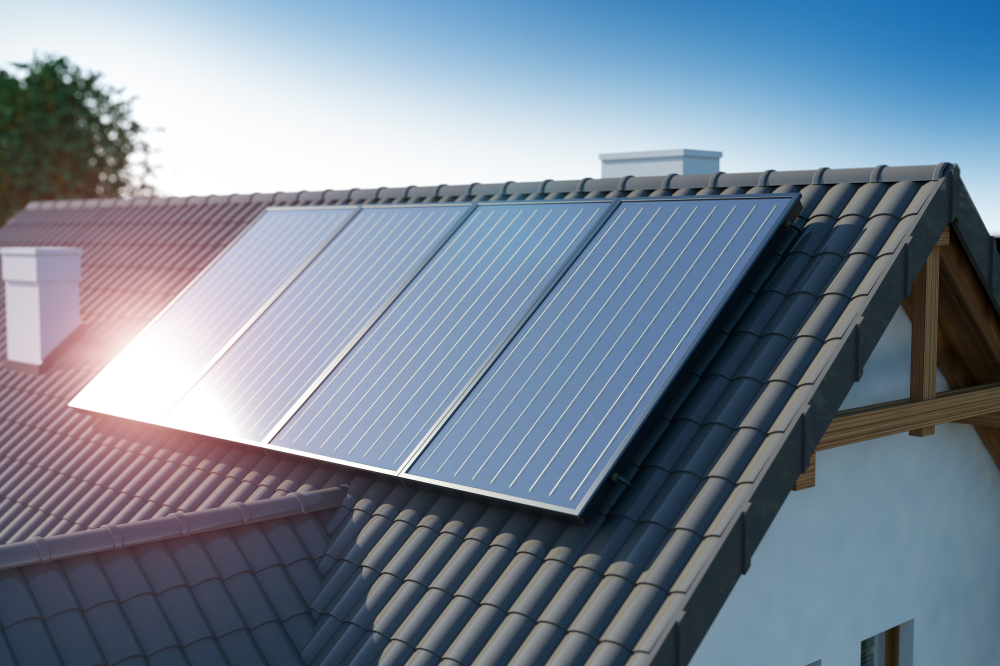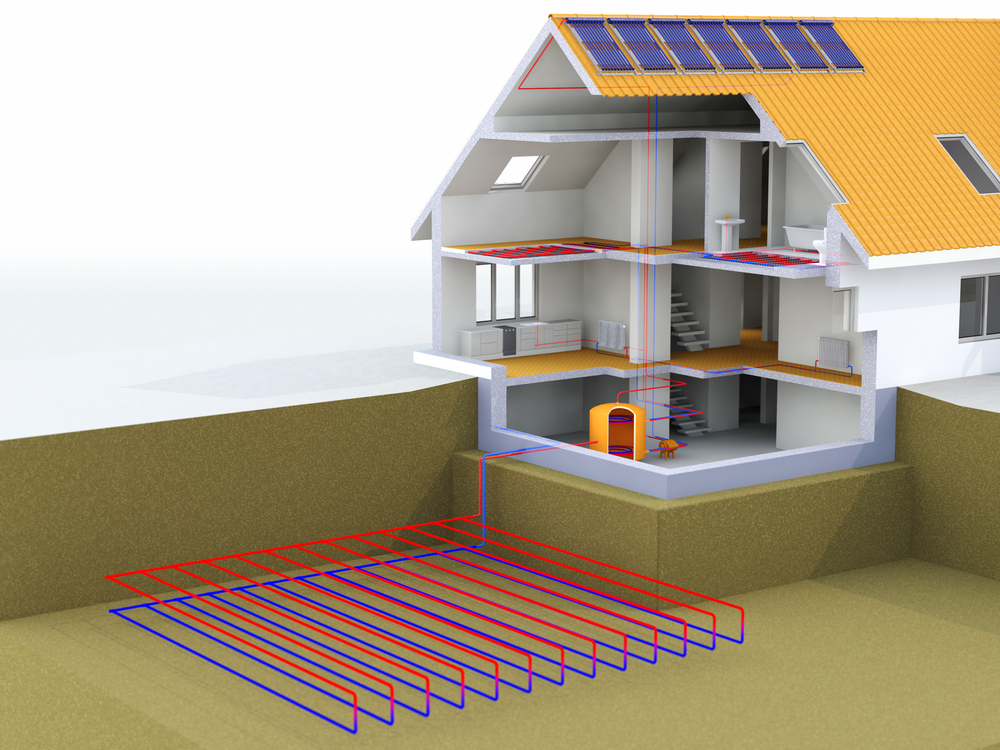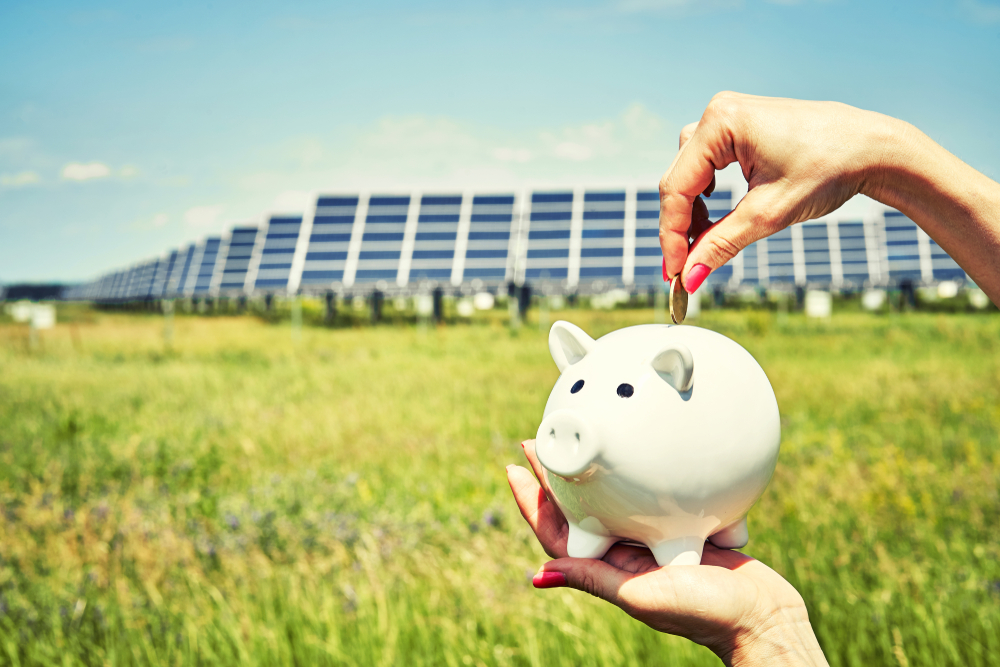What is the Most Efficient Energy Source?
Creating the most energy-efficient home might lead eco-friendly homeowners who want to live greener to seek out the most efficient energy source. However, if homeowners think that the standard electricity powered by the utility company is the most efficient option, they should be prepared for an electrical shock.
What is the most efficient energy source? When homeowners look for the most sustainable sources of power, they need to focus on renewable energy resources. These include:
- Wind
- Sun
- Soil (or the Earth)

Wind Power: The Most Efficient Electricity Source
Each natural element might be used for a different energy purpose. According to an article in the Wall Street Journal, wind is the most efficient source of power to generate electricity.
Homeowners interested in harnessing the power of the air or wind might install wind turbines to help power their home and reduce or even eliminate the home’s reliance on their local electricity provider. Wind turbines cost about $2,000 to install (this is the average). However, prices could be lower or even soar to about $80,000.
Wind turbines for home use also could qualify for rebates or perhaps even tax credits.

Solar Power: A Great Option for Warm and Sunny Climates
Solar power or installing solar panels might not be the ideal or most energy-efficient option for all homeowners. Solar panels need the power of the sun in order to transform sunlight into electricity. In areas where the sun isn’t a very frequent visitor, solar could leave homeowners feeling glum.
However, in desert climates or states that enjoy plenty of sunshine, solar power could be a bright choice. HomeAdvisor explains that installing solar panels could cost homeowners anywhere from $17,905 to $33,702.
These panels could be a major investment, but, again, homeowners could decrease their need or eliminate their need for their local electricity provider and enjoy monthly savings. Solar panels also could qualify for rebates and/or tax credits.

Soil: How the Earth Can Help Warm and Cool the Home
While wind is considered the most energy-efficient renewable source for energy, the soil could help lower costs and energy waste in the home, too. While the soil doesn’t generate power, the soil below the ground remains a consistent temperature.
Geothermal heat systems heat the home and cool the home thanks to the consistent ground temperature. Pipes are installed beneath the ground and these pipes are used to circulate water (or an antifreeze); when it moves underground, the water (or other liquid) exchanges heat with the soil (or ground).
Geothermal heating and cooling systems are more energy efficient than traditional heating and cooling systems. A geothermal heat system could cost between $15,000 and $35,000 to install.
Non-Renewable Energy Sources: Natural Gas and Nuclear Energy
Natural gas isn’t always as cost efficient as homeowners might believe. In fact, the cost of natural gas could fluctuate, and electricity could be a less expensive option.
However, in terms of energy-efficiency, natural gas might overpower standard electricity. Half of the homes in the U.S. relies on natural gas to warm up their homes. In addition, one-third of electricity is created thanks to natural gas.
Nuclear energy also is a non-renewable energy source (as it relates to nuclear power plants). This source of energy is known to be more reliable than any other power source. While nuclear power plants might be the sources of energy that ensure the lights don’t go out in many homes, obviously homeowners cannot install their own nuclear power source.

Why is Energy-Efficiency So Expensive?
Homeowners might notice that upgrading their home to include more sustainable sources of power is an expensive endeavor. Installing solar panels, a wind turbine or a geothermal heat system could cost thousands or even tens of thousands.
The price of these projects, though, needs to be analyzed by homeowners. Think about how much money these projects would allow the homeowner to save over time. If solar panels or a wind turbine allows the home to produce their own electricity, they can rid their budget of their standard electric bill.
In the course of just one year, the savings could add up to potentially thousands of dollars worth of savings. Eventually, the price of the investment will pay for itself. Then the homeowner can enjoy their free electricity thanks to the wind or sun.
Less Expensive Ways to Save
For homeowners who want to save money on electricity or energy costs each month and decrease their carbon footprint, one of the best options is to begin making the switch to energy-efficient appliances. The most expensive energy drain in the home is the heating and cooling system.
Heating and cooling the home accounts for nearly half of the home’s energy use. When the current HVAC system needs to be replaced, swap it out for a new energy-efficient heating and cooling system. Upgrade other appliances when it’s time to replace them.
Eventually, these upgrades will help homeowners decrease their energy use, save money and live greener.


